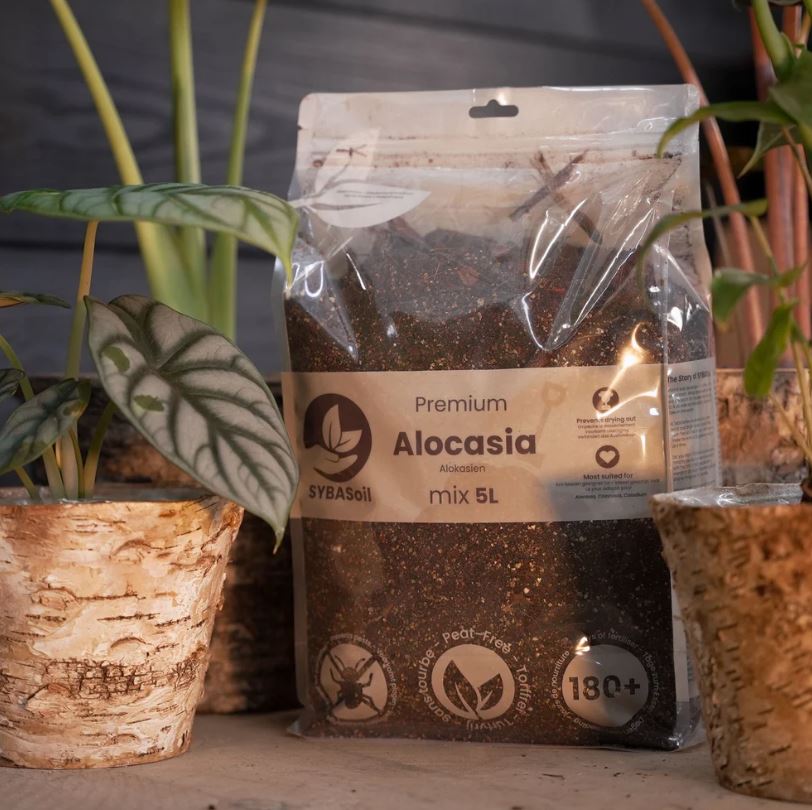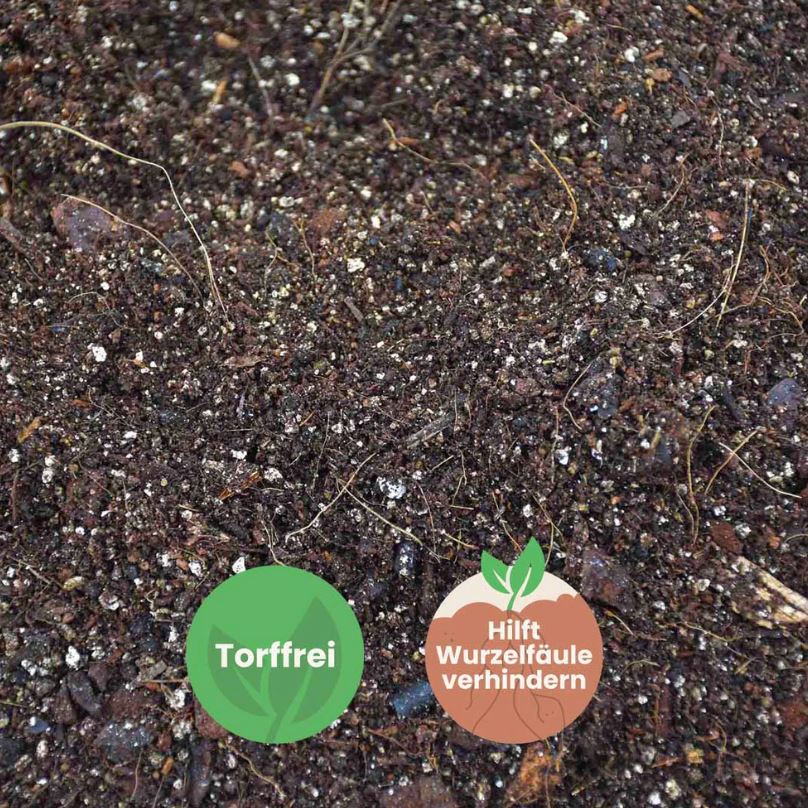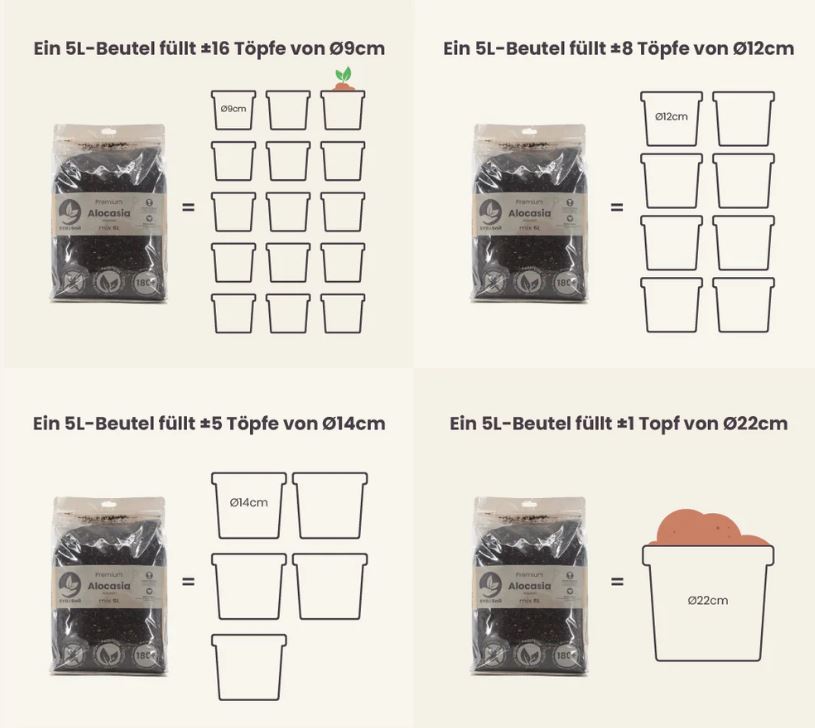Sybotanica
ALOCASIA MIX 5L | Substrate for alocasia
ALOCASIA MIX 5L | Substrate for alocasia
- Shipping takes place in 1-3 working days
- Sustainable & packaged with love for you
- We deliver throughout the EU
Couldn't load pickup availability
How to use the Alocasia substrate
Using the mix is easy! Start by removing as much of the old soil as possible. Gently squeeze the pot while holding it sideways to loosen the plant. Rinse the roots under lukewarm tap water to remove any remaining pieces and debris.
Also, use scissors to remove any dead leaves that may still be on the plant. Now your plant is ready for its fresh alocasia soil. Add a small layer of alocasia substrate to the bottom of the pot.
Place the plant in the pot and slowly add alocasia soil to the sides to fill the pot. Make sure the point where the roots meet the plant is just buried under the alocasia soil.
Gently pat the alocasia substrate into the pot. Be sure to water the alocasia substrate thoroughly after repotting, as this helps the mixture and the roots establish.
Why the Alocasia substrate works
The Alocasia substrate contains vermiculite instead of the more common perlite. This helps the soil stay moist longer. Vermiculite retains moisture very well and slowly releases it back into the soil. This makes it easier to keep your Alocasia evenly moist and reduces the time you need to water, leaving you more time to admire your plant!
The original habitat of the Alocasia plants
Most Alocasias originate from Southeast Asia. They are found on forest floors in subtropical and tropical regions. They thrive in high humidity, heat, and consistently moist soil that doesn't dry out. However, this doesn't mean they don't require drainage; their roots still need to be able to breathe well. This Alocasia mix mimics this habitat.
Tip! Since alocasia likes to stay moist, use a plastic or ceramic pot. Clay and other types of pots are porous, meaning they breathe out moisture. Plastic and ceramic retain moisture better.
Care instructions for Alocasia plants
Alocasia plants prefer moist soil. They belong to the Araceae family, but require slightly more moisture and humidity than Araceae plants such as Pothos, Philodendron, and Monstera. They prefer bright, indirect light but cannot tolerate direct sunlight. The main problem with caring for Alocasia is the inconsistency of their environment. Once they are thriving, you shouldn't change their care too much.
Unlike most Araceae, Alocasias don't benefit from growing on a moss pole. They are upright plants that can support themselves.
Share






